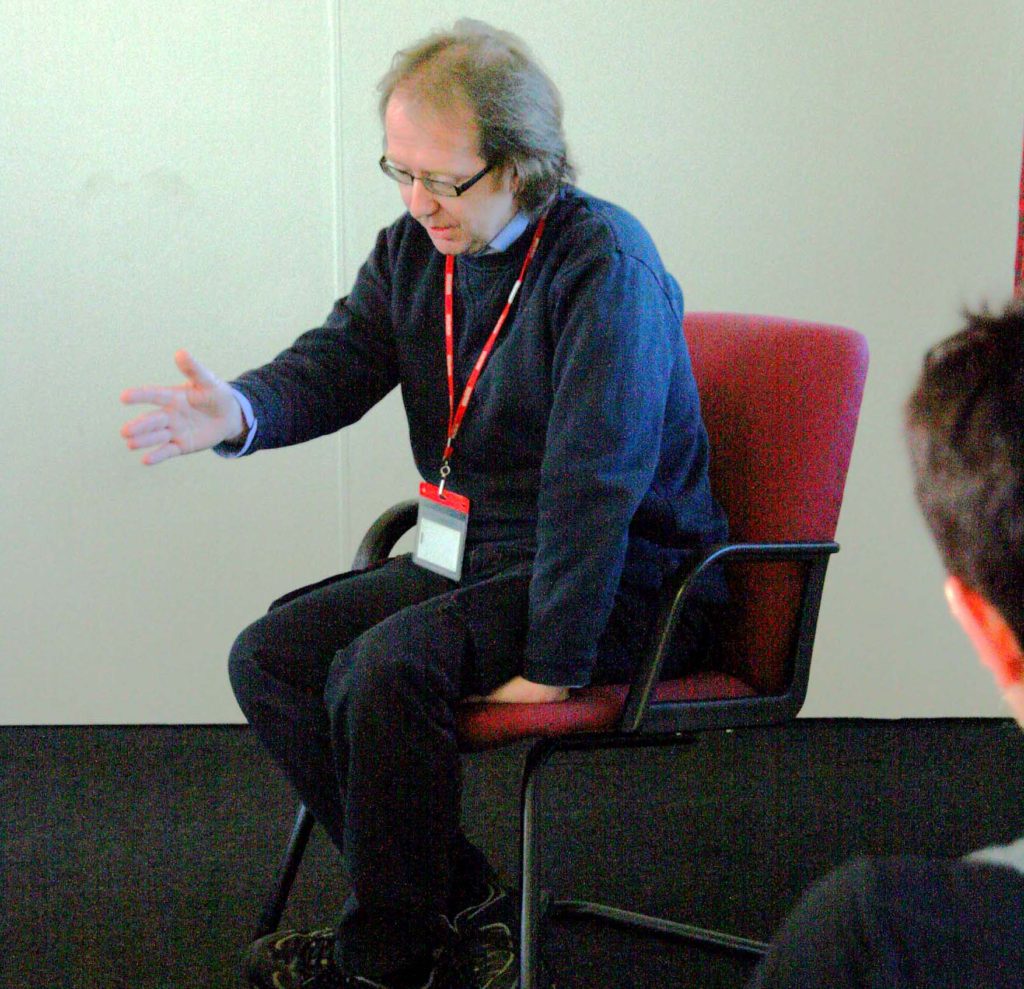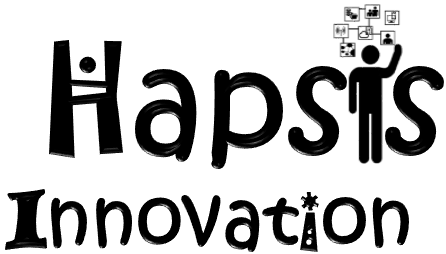If you’ve heard the term drama-based learning, you might be wondering what it is all about?
What does it look like in practice?
What do participants do, and what does the actor do?
Read on if you’d like to find out more about drama-based learning
or contact us to discuss your needs
A number of different activities can be used in drama-based learning, often in combination through a workshop. Typically a scenario is designed to suit the participants, although not necessarily one that is too directly related, and the activities are based around this scenario or the character(s) who are part of it.
Hot seat
Participants interact with the character in a one-to-one setting, in the form of a conversation with the client/staff member. These conversations can be exploratory, for example practising listening and questioning skills to better understand a work-based problem that has arisen. They could also be focused around a theme such as a performance management conversation.

Forum theatre
Invented in the 70s by a Brazilian theatre director to introduce interaction between audience and actors and influence the scripted ending, this technique has proved successful in organisational development.
A short, partially scripted scenario between actors sets the scene and ends at a critical point, after which the actors improvise based on the interactions with the group, through hot seats, fish bowl etc.
Relay hot seat
Fish bowl played out in full actually involves swapping participants in and out of the circle, in a relay fashion, such that one of the observers can signal they would like an opportunity to pick up the conversation at that point, and they swap seats with the current active participant.


Fish bowl
An extension of hot seat, fish bowl seats the rest of the participants in a semicircle. This allows them to observe and learn from the approaches, and mistakes, of others.

Comments are closed